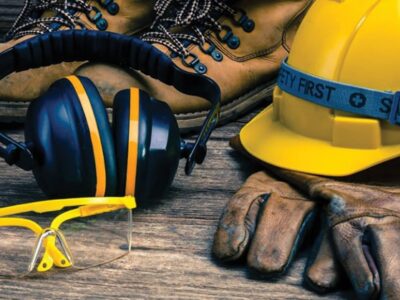Workers throughout the state of California want to know they are as safe as possible when they get to their jobs every day, but safety cannot be guaranteed.
The USA Today reported results of a study by 24/7 Wall Street that revealed the most dangerous jobs in the United States. Logging topped out at number one, with the physical demands and location of the work cited as primary factors. The machinery workers use to perform their jobs also adds to the danger.
Like logging, commercial fishing carries risks associated with the physicality required and the isolated conditions where fishers work. Extreme weather and limited access to medical care contribute to the mix, making fishing the second most dangerous job, according the USA Today report.
The account goes on to say pilots and flight engineers together represent the third most risky position in the U.S., tagging “overexertion and bodily reaction” as the main risk factors. With unpredictable schedules and extended work hours, the study indicates pilots sometimes become exhausted, a condition that jeopardizes their safety.
Rounding out the top ten most hazardous duties in the U.S., according to the USA Today, are the following:
- Roofing
- Working with iron and steel
- Driving (primarily delivery vehicles)
- Collecting recyclable materials
- Working in agricultural roles
- Managing agricultural hubs such as farms and ranches
- Supervising construction sites
In spite of the reality that California workers in the above roles face hazardous conditions on the job every day, the Occupational Safety and Hazard Administration is doing its part to encourage employers to prioritize safety.
Stating that employers must “follow all OSHA safety and health standards,” the organization also “requires that employers must try to eliminate or reduce hazards first by making feasible changes in working conditions…rather than just relying on personal protective equipment such as masks, gloves, or earplugs.”
Examples of “feasible changes” include a switch to less toxic chemicals and the addition of ventilation for better air quality.



